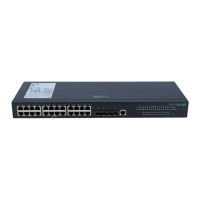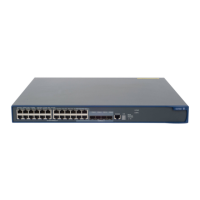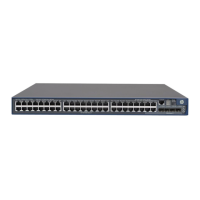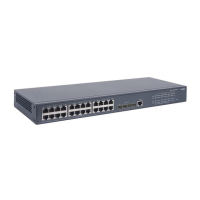iv
Enabling automatic configuration archiving ······································································································· 98
Manually archiving the running configuration ··································································································· 98
Rolling back configuration···································································································································· 98
Specifying a next-startup configuration file ················································································································· 99
Backing up the main next-startup configuration file to a TFTP server ····································································· 100
Restoring the main next-startup configuration file from a TFTP server ···································································· 100
Deleting a next-startup configuration file ··················································································································· 101
Displaying and maintaining configuration files ········································································································ 101
Upgrading software ················································································································································ 103
Overview ······································································································································································· 103
Software types ····················································································································································· 103
Software file naming conventions ······················································································································ 103
Comware image redundancy and loading procedure ··················································································· 104
System startup process ········································································································································ 104
Upgrade methods ························································································································································ 105
Non-ISSU upgrade procedure summary ···················································································································· 105
Preparing for the upgrade ·········································································································································· 106
Preloading the Boot ROM image to Boot ROM ········································································································ 106
Specifying the startup image file and completing the upgrade ·············································································· 107
Displaying and maintaining software image settings ······························································································ 108
Non-ISSU software upgrade examples ······················································································································ 109
Example of software upgrade through a reboot ······························································································ 109
Managing the device ·············································································································································· 111
Device management task list ······································································································································· 111
Configuring the device name ····································································································································· 111
Configuring the system time ········································································································································ 112
Specifying the system time source ····················································································································· 112
Setting the system time ········································································································································ 112
Enabling displaying the copyright statement ············································································································ 113
Configuring banners ···················································································································································· 113
Banner types ························································································································································ 113
Banner input modes ············································································································································ 113
Configuration procedure ···································································································································· 114
Rebooting the device ··················································································································································· 115
Configuration guidelines ···································································································································· 115
Rebooting devices immediately at the CLI ········································································································ 115
Scheduling a device reboot ······························································································································· 115
Scheduling a task ························································································································································· 116
Configuration guidelines ···································································································································· 116
Configuration procedure ···································································································································· 116
Schedule configuration example ······················································································································· 118
Disabling password recovery capability ··················································································································· 121
Setting the port status detection timer ························································································································ 122
Configuring CPU usage monitoring ··························································································································· 122
Setting memory thresholds ·········································································································································· 122
Configuring the temperature alarm thresholds ·········································································································· 124
Verifying and diagnosing transceiver modules ········································································································ 125
Verifying transceiver modules ···························································································································· 125
Diagnosing transceiver modules ························································································································ 126
Restoring the factory-default settings and states ······································································································· 126
Displaying and maintaining device management configuration ············································································ 127
Using Tcl ·································································································································································· 129
Benefits and restrictions ··············································································································································· 129
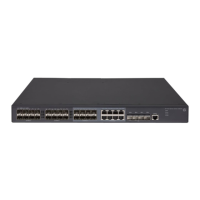
